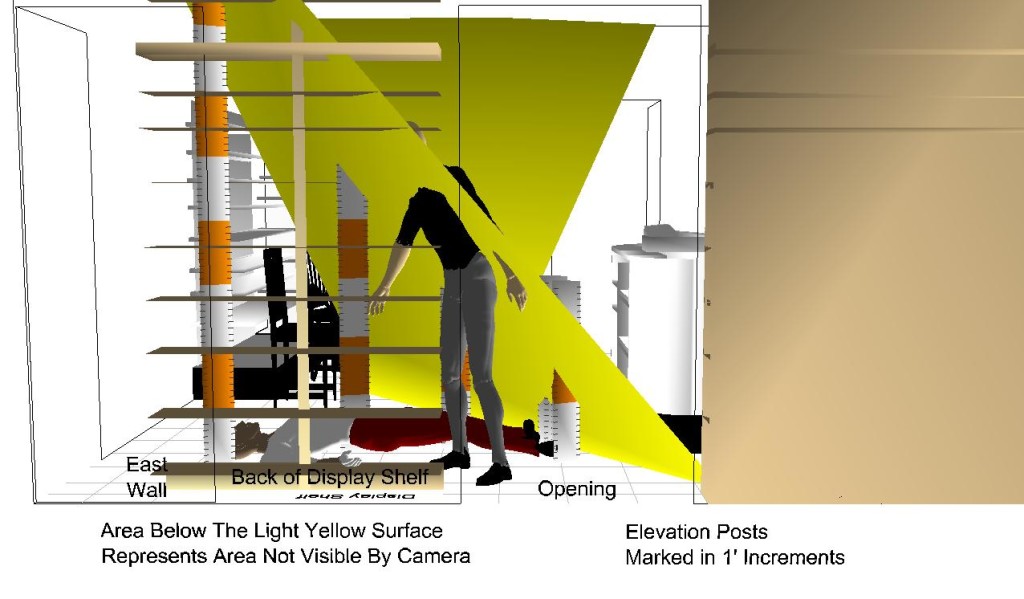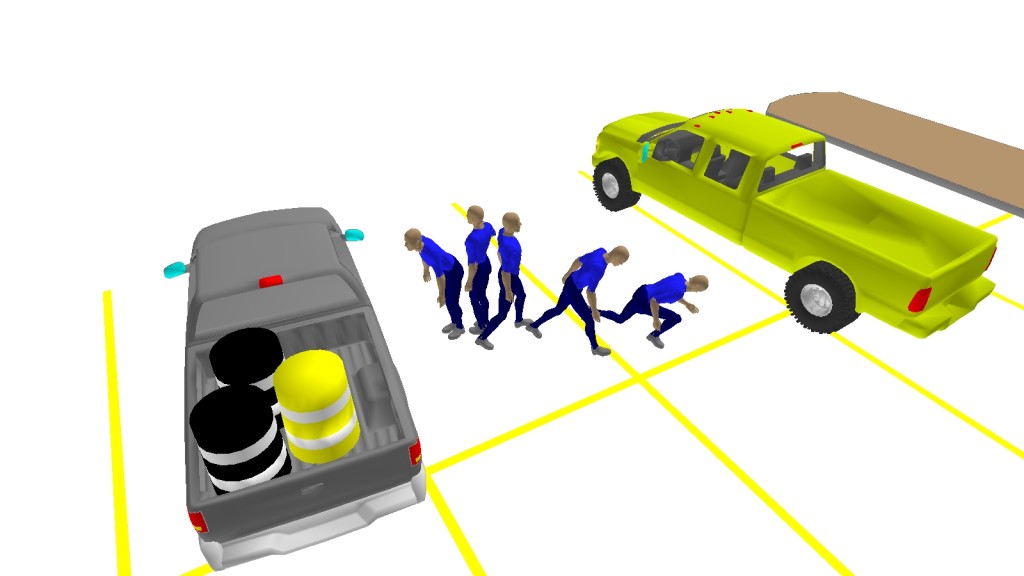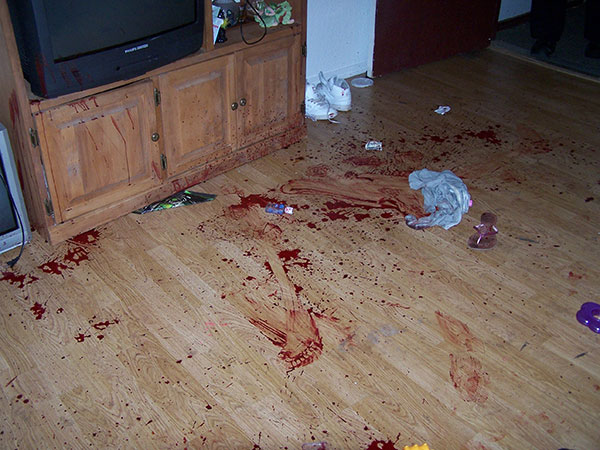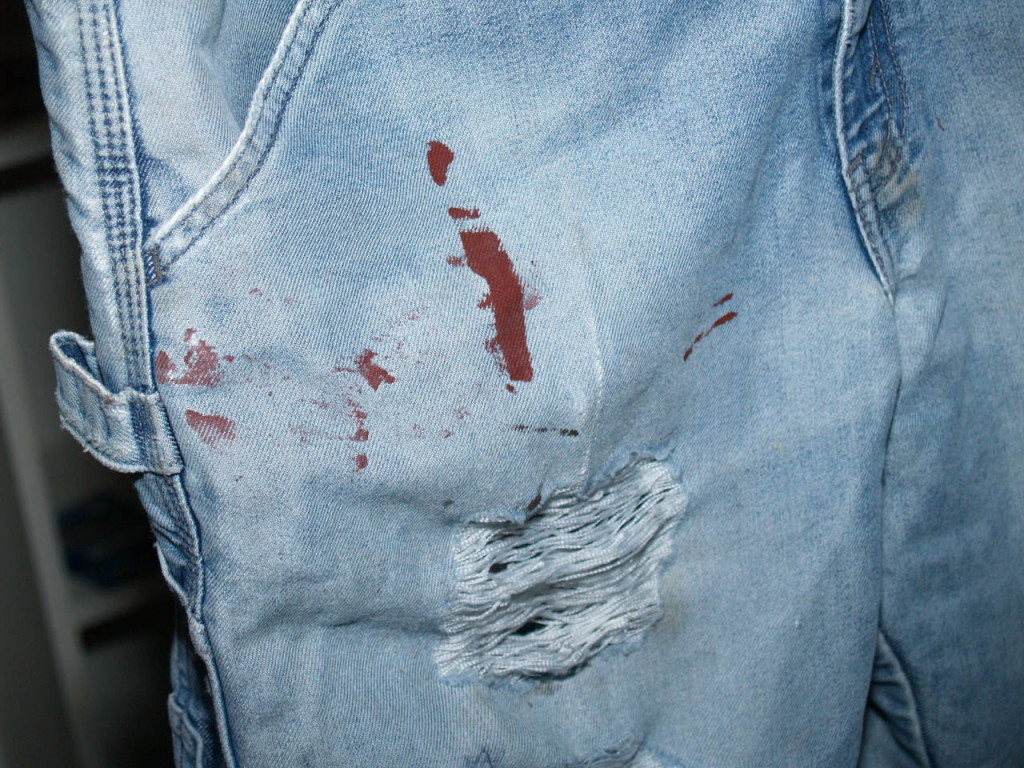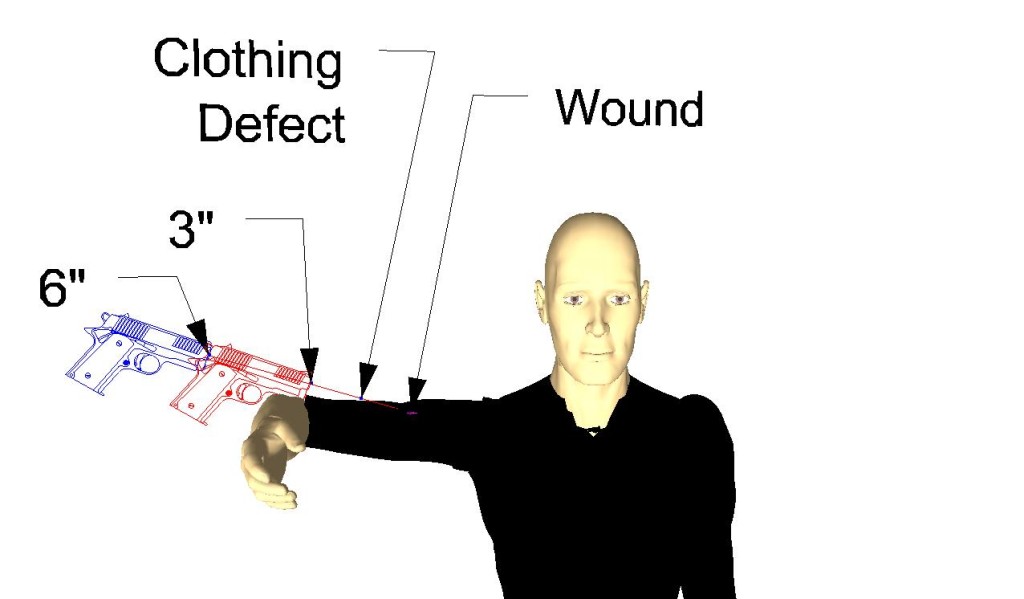FAQs
What is Crime Scene Reconstruction?
Crime scene reconstruction uses the proper application of the scientific method to evaluate the physical evidence known to the analyst. Its function is to gain explicit knowledge of the series of events that comprise a given incident and when possible to identify the best explanation of the sequence of those events. The analyst’s opinion is based upon all available evidence and relies upon his/her education, experience and training and the proper application of the scientific method to analyze specific investigative questions.
What is Bloodstain Pattern Analysis?
Bloodstain pattern analysis, like any other reconstruction discipline is the evaluation of the blood evidence found in a crime scene. The analyst will evaluate the various patterns that were documented throughout the crime scene. The analyst should employee a criteria based analysis of the bloodstains, which the analyst examines the unknown bloodstains against “known” bloodstain patterns. These “known” bloodstain patterns may be from experimentation/observations obtained in a BPA1, BPA2 or other similar course, through published literature and/or through case analysis experimentation. This analysis is then evaluated against the other physical evidence and the context of the actual crime scene. Through the detailed examination of the scene, the analyst attempts to identify the “Best Explanation” for the events that occurred. Keep in mind that the analyst may not be able to offer an explanation for every aspect of a crime scene.
What is Shooting Incident Reconstruction?
What is an Expert Witness?
Testimony by Experts, if scientific, technical or other specialized knowledge will assist the trier of fact to understand the evidence or to determine a fact in issue, a witness qualified as an expert by:
- Knowledge
- Skill
- Experience
- Training or education
May testify in the form of an opinion or otherwise. At common law, there was a requirement that the subject matter be “beyond the comprehension of the layman” before expert testimony could be admitted. This rule is now broadened
- Admissible: Code language of drug dealers
- Blood spatter
- Forensic financial analysis
- Inadmissible: Hypnosis
- Memory recall under hypnosis (not well enough understood to assist the jury)
Mr. Baxter has been court qualified as an expert in Crime Scene Investigations, Crime Scene Reconstruction, Bloodstain Pattern Analysis and Shooting Incident Reconstruction in both District and Federal court.
What are the Qualifications for an Expert?
Doesn’t depend upon one’s title or label
Formal training or education
Experience in the field
Keep up with literature in the field
Teach or lecture on the topic
Attend continuing education
Simply attending some training courses may initially qualify the individual as an expert witness. Although the courts may recognize this individual as an expert in a particular field, the scientific community and professional organizations may however not recognize them as a qualified expert. The courts also want to see that the analyst is continuing to keep up with current training and trends with the specific discipline. This can be done is several ways. Joining an organization associated with the discipline, especially those organizations that provides periodical journals. Staying current may also include writing research papers/books on the subject, teaching courses, seminars or lectures on the topic, or by attending training conferences on the discipline.
Mr. Baxter has attended a number of training courses in Crime Scene reconstruction, Bloodstain pattern Analysis, Shooting Incident Reconstruction. Mr. Baxter remains current on the various topics by his membership in several forensic science/reconstruction professional organizations, teaching training courses on the various subject matters as well as attending training conferences put on by the professional organizations. Some of the professional organizations provide quarterly newsletters and reference materials that contain current research and published papers on various topics.
Has the Scientific Theory or Technique Been Verified Through Testing?
The theories provided in both the Complete Crime Scene Investigation Handbook and the Complete Crime Scene Investigation Workbook as well as those theories used in each case analysis has been verified through testing and publication.
What is a Peer Review?
The analyst’ will provide a completed analysis on a case they have worked. A panel, of recognized experts in the field, reviews the analysis for the proper and correct application of the accepted methodology, documentation and for a foundation for each of the stated opinions. This process may also be accomplished by an individual with equal or greater knowledge and/or experience in that particular field.
Mr. Baxter’s books (the Complete Crime Scene Investigation Handbook and the Complete Crime Scene Investigation Workbook) were peer reviewed on several levels. Some of the chapters were reviewed by subject matter experts in that specific field. The overall books were also peer reviewed by a forensic professional who is now a professor at a university that provides forensic science education programs. Each analysis Mr. Baxter provides is peer reviewed prior to the submission of the final report.
Are You Able to Identify a Known or Potential Error Rate for CSR?
No, you can’t identify an error rate for Crime Scene Reconstruction, Bloodstain Pattern Analysis and Shooting Incident Reconstruction. To identify an error rate you have to work with identifiable statistical numbers such as race population studies used in DNA.
Without the ability to identify an error rate for CSR the analyst’s opinions are able to offer the courts their analysis in the case. This is done through the proper application of the scientific method in considering all viable ways an event could have been caused, I am able to identify the best explanation as to how specific events in question occurred and to give a foundation for my opinions.
Mr. Baxter follows the scientific method for each analysis he completes.
Has the Theory Received General Scientific Acceptance in the Relevant Scientific Community?
The theories provided in both the Complete Crime Scene Investigation Handbook and the Complete Crime Scene Investigation Workbook as well as those theories used in each case analysis has received general scientific acceptance in the forensic science community.
What is Daubert/Kumho?
Daubert/Kuhmo Tire U.S. Supreme Court Cases
• Since 1920’s, the standard for whether expert testimony would assist the jury was the Frye standard: whether it “would assist the trier of fact”. Under this standard, many non-scientific testimony/techniques were allowed to be introduced during a trial or hearing.
• 1993’s Daubert v. Merrell Dow and 1999’s Kumho Tire Company v. Carmichael have changed it somewhat. This ruling provided the court some method of eliminating or minimizing those non-scientific testimony/techniques from the judicial process.
Daubert/Kumho
Hold that all expert matters must meet the following reliability principals:
• Has the scientific theory or technique been verified through testing?
• Has the theory or technique been subjected to peer review and publication?
• What is the known or potential rate of error in applying the theory or technique?
• Has the theory received general scientific acceptance in the relevant scientific community?
Qualification as Expert
• Must be qualified by “knowledge, skill, experience, training, or education”
• Doesn’t depend upon one’s title or label
Qualification as Expert
• Formal training or education
• Experience in the field
• Keep up with literature in the field
• Teach or lecture on the topic
• Attend continuing education
• Testify as expert witness on the topic or related ones

